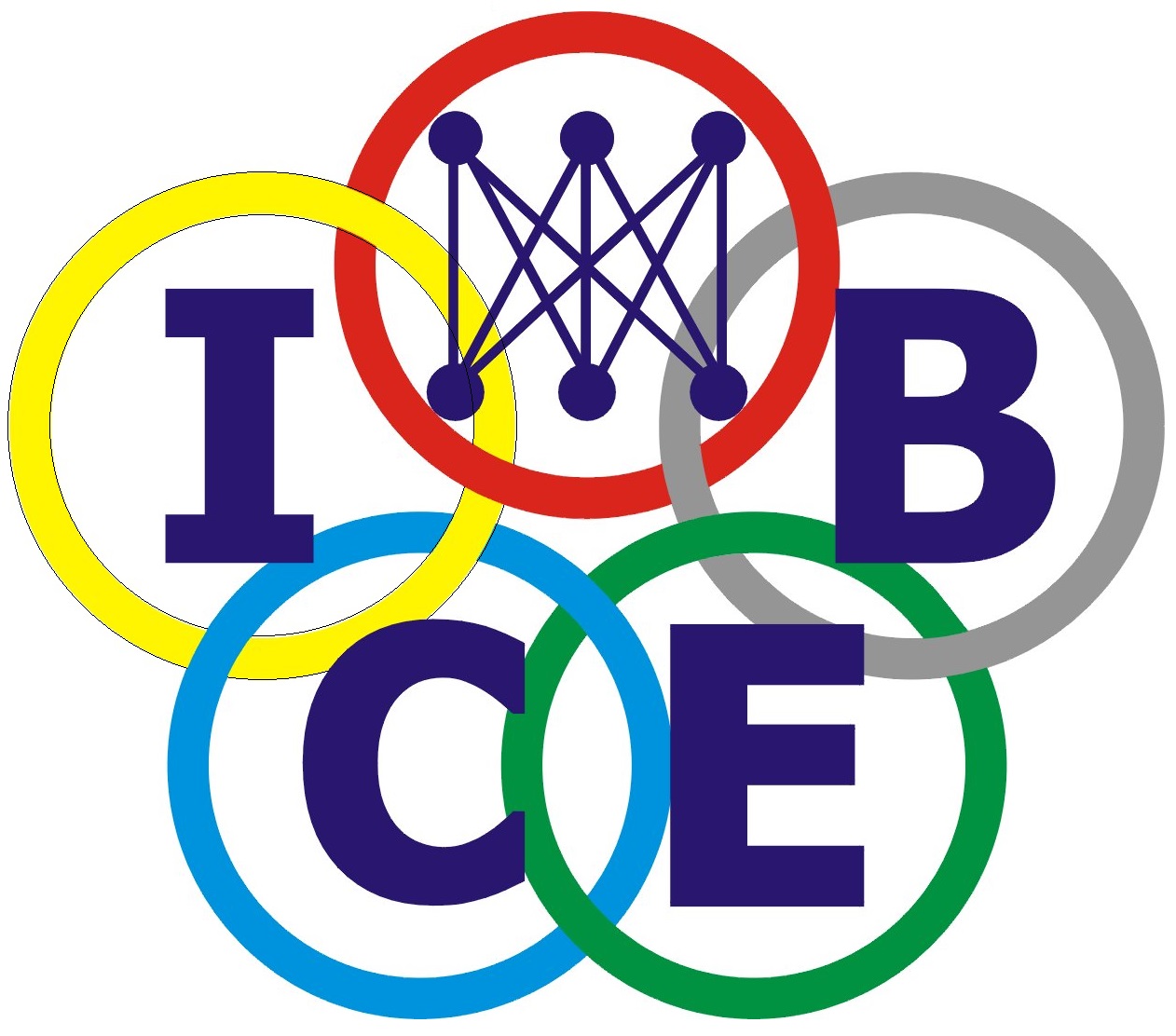Document Type
Article
Abstract
In distribution network design, it is implicit that transportation costs, travel distances, and transit times are tightly correlated. Therefore, one can argue that models directing at minimizing travel distances not only minimizes transportation costs, but also minimizes transit times. The center of gravity, and its various extensions, is an example of such a model. Quantitative analyses such as mathematical programming and stochastic models, the transportation costs are often the only factors of interest.
A universal metric for customer service is the customer’s lead time – the time it takes to get the right quantity of the right product to the right place. If the right quantity of the right product is available, then the leadtime is the time it takes to take the goods to the right place. For example, when inventory is available, the time to get the product from the warehouse to the customer consists of the time to process the order plus the time it takes to transport it to the customer. These times do not vary much. Moreover, customers generally are aware of and accustomed to them.
If the required quantity of a product is not available, the lead-time is based on two components - inventory availability and product acquisition time. Product acquisition time is the time to get the product back in stock. This is the time to process and ship the product from some other location such as another warehouse, a manufacturing plant or a supplier.
In this paper, we examine the impact of distribution network design on customer’s lead time. We conclude that the number of shipping locations may have some effect on customer’s lead time. However, the effect of outbound transportation on lead-time can be small relative to product acquisition time. Acquisition time is the time to get the product back in stock. Production inventory management determines this component of the lead-time, not distribution management
Recommended Citation
Co, Henry C., "Distribution Network Design and Customer Service" (2003). ICEB 2003 Proceedings (Singapore). 47.
https://aisel.aisnet.org/iceb2003/47


